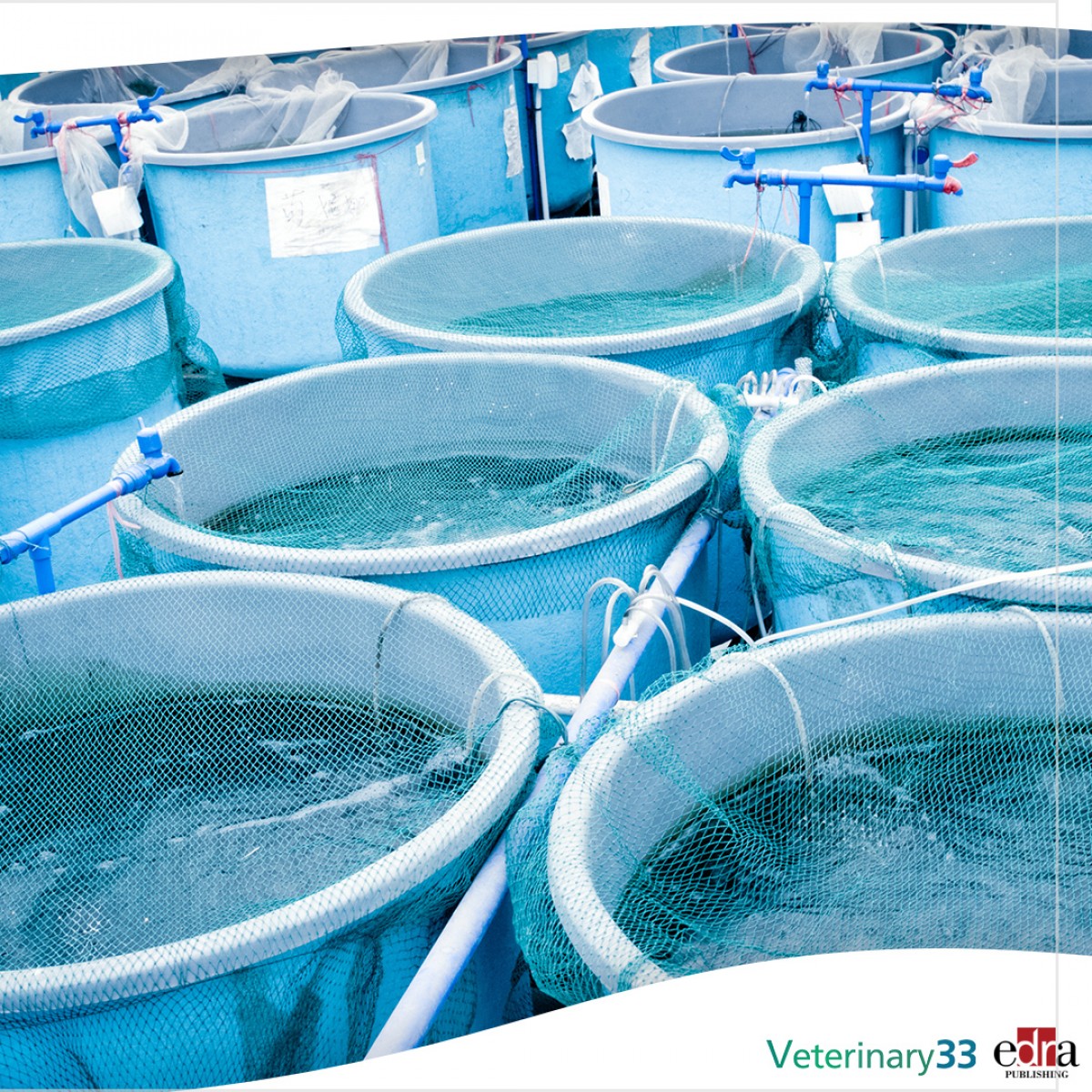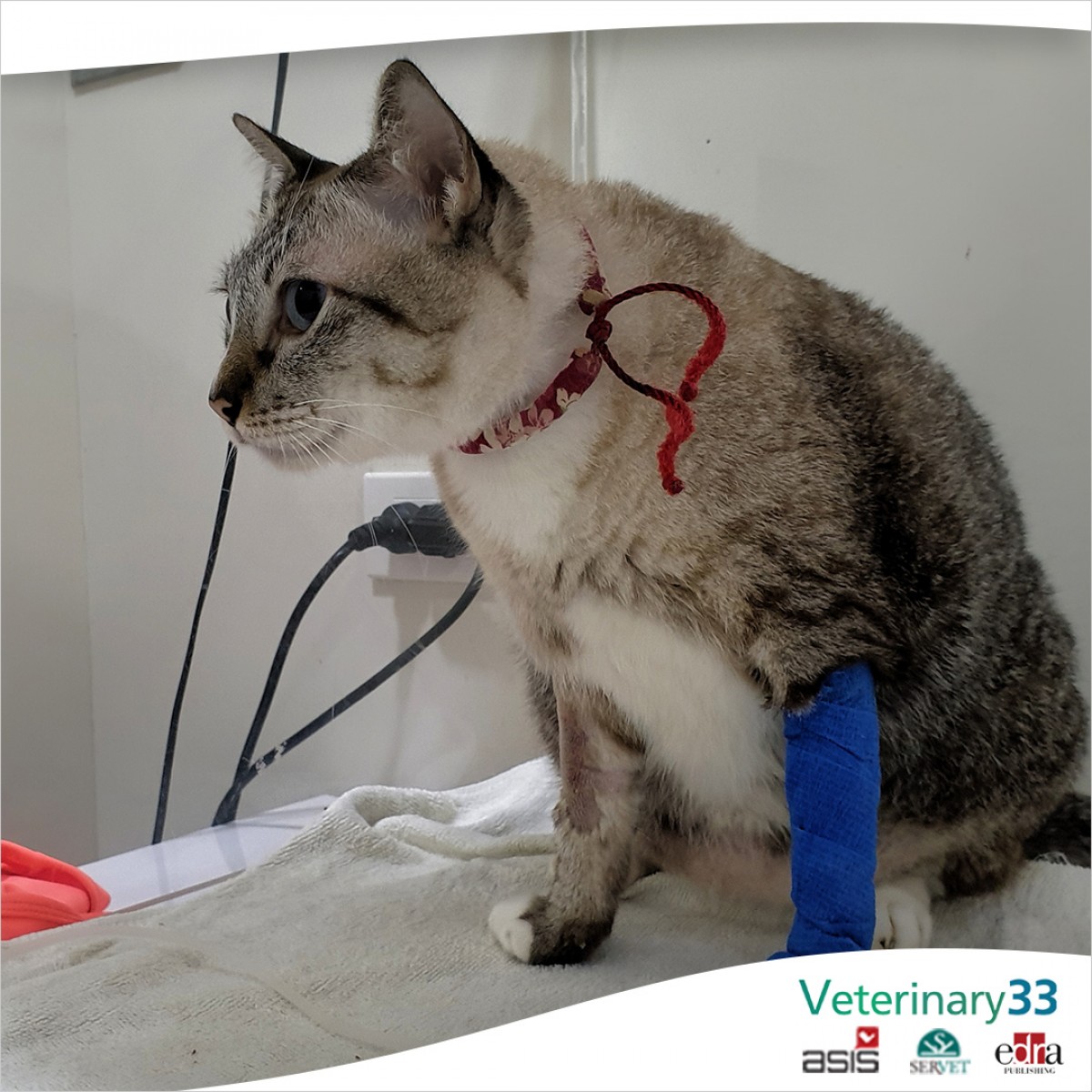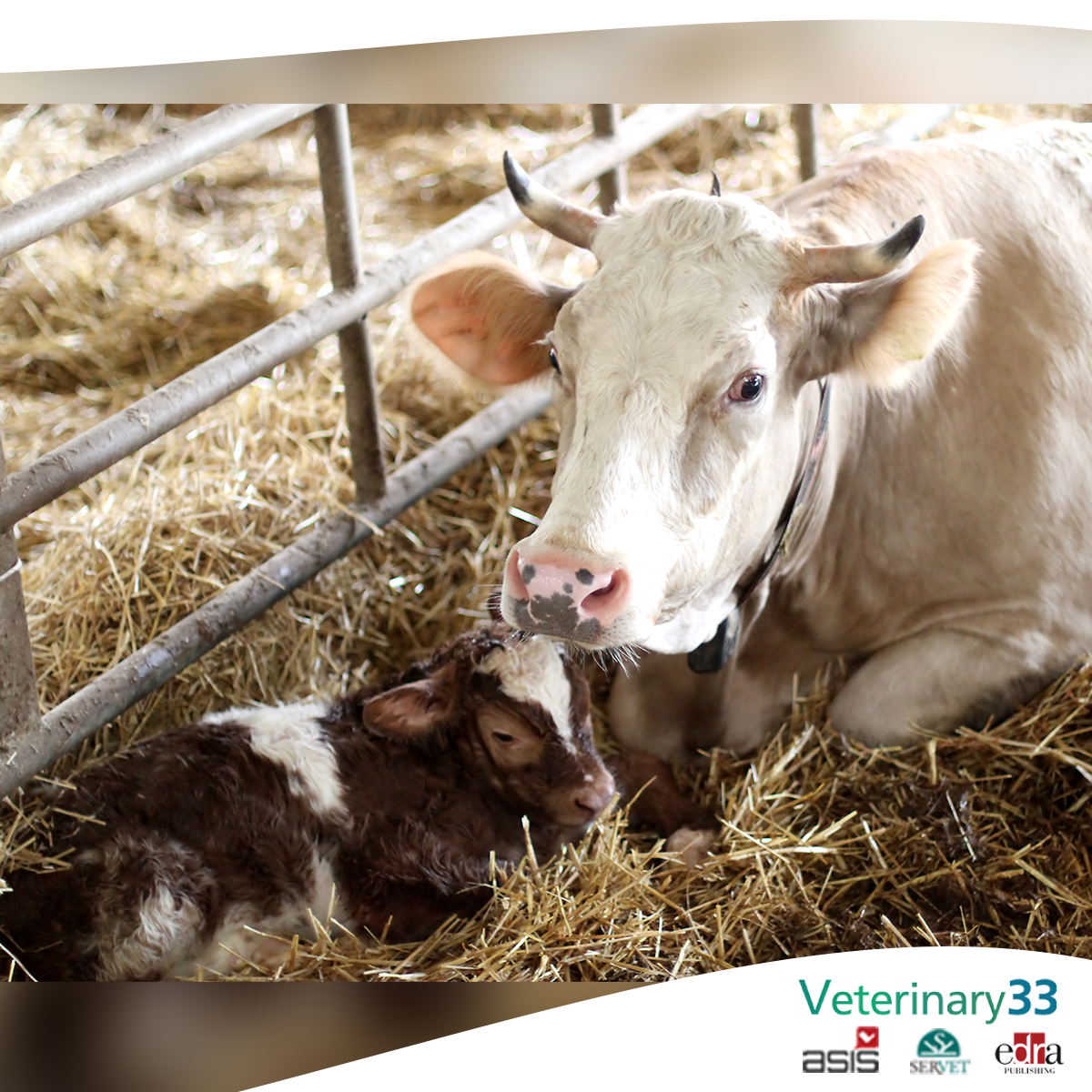Identifying Harmful Agents in Fish Farming
Aquatic animal source food (AASF) is known to benefit human health in at least three ways. They provide micronutrients, such as vitamin A, calcium, and iron, to prevent deficiencies and prevent disease. They contain the dominant source of the omega-3 long chain polyunsaturated fatty acids docosahexaenoic acid (DHA) and eicosapentaenoic acid (EPA), which may reduce heart disease risk and promote brain and eye health. In addition, these “blue” foods displace red and processed meat consumption that can cause adverse health conditions. Because people appreciate these health benefits, they are looking for sustainable ways to obtain seafood.
Aquaculture currently provides 50% of the seafood that humans consume and is expected to increase to 70% by 2050. Projected growth assessments demonstrate that marine fish, freshwater fish, crustaceans, and molluscs are expected to dominate as contributors to global seafood markets. However, aquatic animals are intricately linked to their environment, and exposed to chemical and pathogenic hazards that can disrupt seafood supply. Scientists from the Centre for Environment, Fisheries, and Aquaculture Science (CEFAS) and the University of Exeter described in a recently published paper a Seafood Risk Tool (SRT) that can detect these hazards so they can be controlled.
Hazards to aquaculture
Aquatic animals’ physiology makes them especially prone to exposure and accumulation of various chemical and pathogen hazards present in water, sediments, and their food. Numerous hazards to AASF were identified, including:
- Heavy metals — Substances, such as cadmium, mercury, lead, zinc, and copper, can impact the aquatic animal’s growth and development, and can also impact human health.
- Persistent organic chemicals — Organic contaminants can bioaccumulate and biomagnify in aquatic animals. Dioxins, furans, and polychlorinated biphenyls can be absorbed through the intestine and passed to infants in breastmilk. Natural and anthropogenic polycyclic aromatic hydrocarbons are immunotoxic and carcinogenic, and polybrominated compounds are neurotoxic and cause endocrine dysfunction.
- Radiological contaminants — Radioactivity levels from natural sources present in seafood are generally extremely low, but chronic radiation exposure can impact reproduction and early life stages.
- Natural biotoxins — Phycotoxins, which are produced by certain microalgae and bacteria in the water, can bioaccumulate in filter-feeding animals. The predominant risk to humans is from contaminated mollusc consumption.
- Veterinary pharmaceuticals — Veterinary medicine residue can live in edible seafood components, and antibiotic misuse can lead to antimicrobial resistance that may impact seafood consumers.
- Personal care chemicals — Chemicals from personal care products can enter waterways and accumulate in aquatic animals, which is a concern mostly in high population density urbanized waterways.
- Allergens — Seafood allergies are increasing, because seafood consumption is increasing. Common allergens include parvalbumin, tropomyosin, and other proteins and peptides found in fish and shellfish muscles.
- Viral pathogens — Viruses, such as white spot syndrome virus, oyster herpesvirus, and infectious salmon anemia virus, transmit efficiently within and between wild populations and captive stock, and significant production losses can occur in early life and grow-out phases. Viral pathogens that affect aquatic animals are not considered harmful to humans.
- Bacterial pathogens — Bacterial agents that affect aquatic animals include Vibrio, Aeromonas, Flavobacterium, Pseudomonas, Streptococcus, Lactococcus, and Mycobacterium, and can cause significant losses during early life and grow-out phases. Some pathogens are considered zoonotic.
- Protistan pathogens — Microbial eukaryotic organisms, such as Bonamia spp., Enterocytozoon spp., Paramoeba spp., and Ichthyophthirius spp, can infect aquatic animals, increasing mortality rates and causing product spoilage.
- Metazoan pathogens — Pathogens, such as platyhelminthes, cestodes, trematodes, nematodes, and crustacean parasites, can impact aquatic animals. Some have zoonotic potential.
- Syndromes — Climate change, feed quality, host genetics, and chemical exposure may contribute to syndromes, such as red mark syndrome, proliferative gill inflammation, white feces syndrome, and epizootic shell disease. These conditions significantly impact yield in many aquaculture sectors.
- Environmental pathogens — Members of the genus Vibrio, including V. vulnificus, V. parahaemolyticus, and V. cholerae, are responsible for human illness after eating and contacting seafood. Clinical symptoms include mild to severe gastroenteritis, septicemia, and death.
- Anthropogenically derived pathogens — Enteric viruses, bacteria, and parasites that originate from humans, animals, and industrial sources can contaminate the waterways and cause food-borne illness when the infected seafood is consumed.
- Zoonotic pathogens — Aquatic animal pathogens, including Anasakis spp., Paragonimus spp., Mycobacterium spp., Streptococcus agalactiae, and Diphyllobothrium spp., can cause infection in humans.
Seafood risk tool
The SRT provides a detailed profile of the impact of these hazards on aquatic animals at six key phases in the seafood supply chain, including early life, grow-out, production, harvesting and processing, international trading, and consumption. The SRT uses a two-step semi-quantitative risk assessment scheme to calculate hazard impact, and scores harm severity and harm likelihood. The SRT application requires explaining the particular aquaculture scenario, including data on the specific taxonomy, geography, seasonality, production method, product type, proposed market, and intended end-use. Results can be used to devise a biosecurity and seafood safety plan appropriate to the aquaculture scenario under investigation.
The SRT can minimize hazard interaction and decrease the impact on seafood supply, so that the aquaculture sector can supply safe, nutritious, and healthy products as demand for seafood rises.














List
Add
Please enter a comment